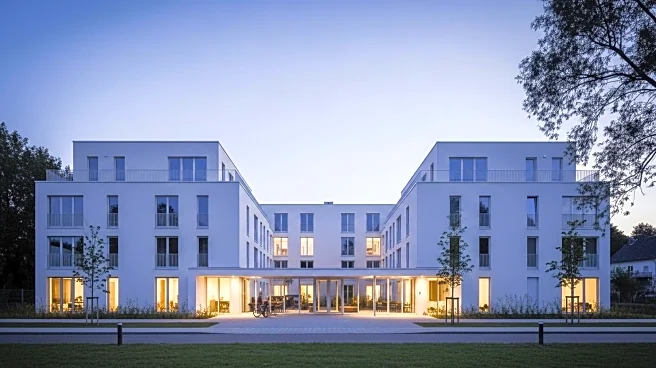What's Happening?
The student housing sector is experiencing a slowdown in rent growth, with a notable decline in the appeal of luxury accommodations. According to a report by Yardi, rent growth across 200 colleges surveyed slowed to 0.9% in July, with the average advertised asking rent dropping to $905 per bed. This represents a 1.4% decrease from the peak in March. Robert Bronstein, CEO of Scion, a major player in student housing, noted that both high-end and low-end market segments are shifting towards more affordable options. Scion, which manages over $10 billion in assets and owns approximately 95,000 beds across 83 schools, is witnessing a trend where students and parents opt for older, less expensive buildings over new luxury constructions.
Why It's Important?
The shift away from luxury student housing reflects broader economic concerns among consumers, impacting real estate investment strategies. As students and parents prioritize affordability, real estate investors may need to adjust their portfolios to focus on more cost-effective housing solutions. This trend could lead to a reevaluation of investment in high-end student housing projects, potentially affecting the profitability of developers and operators in this sector. The change also highlights the importance of understanding consumer behavior in response to economic fluctuations, which can significantly influence market dynamics.











